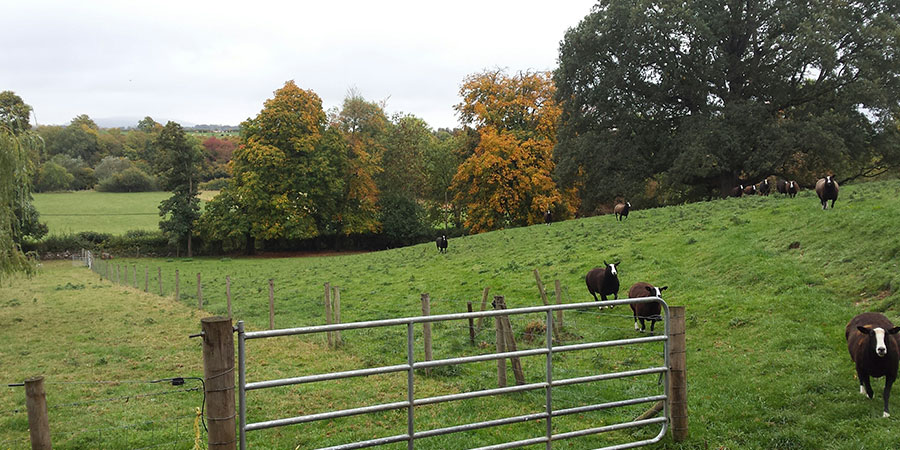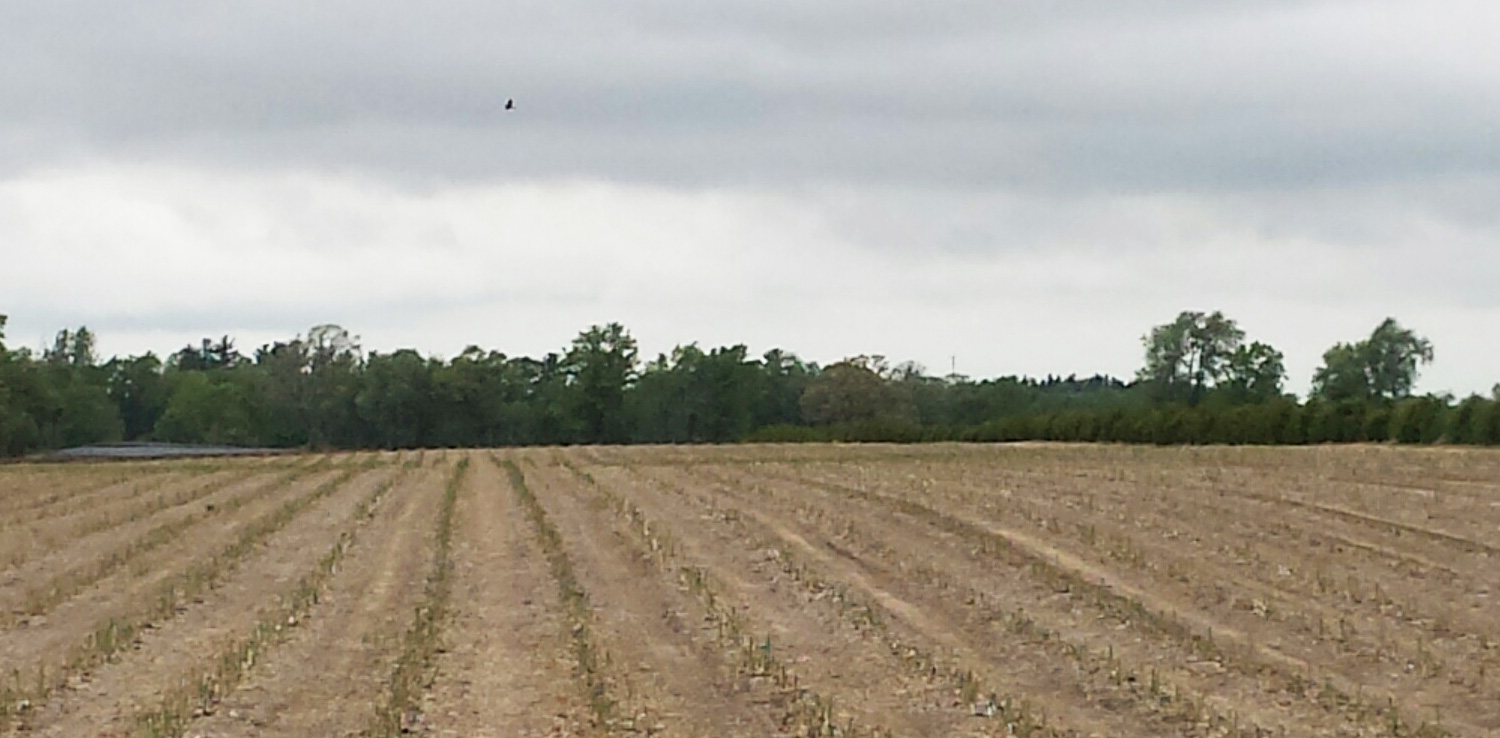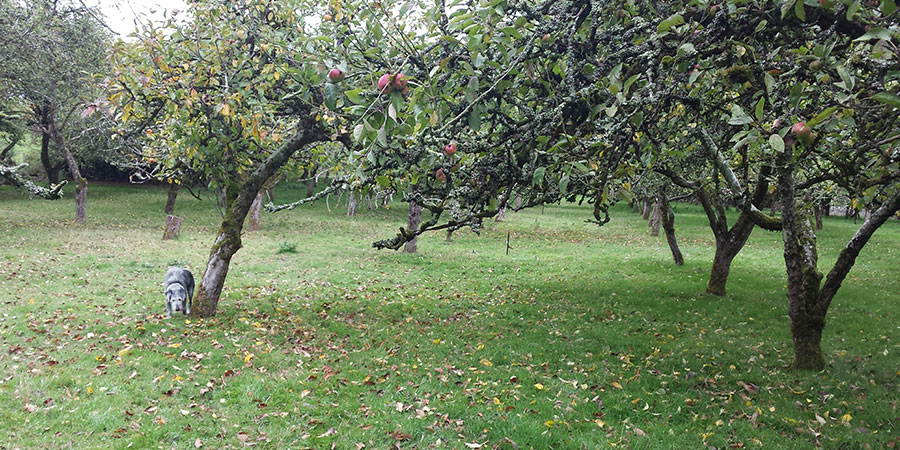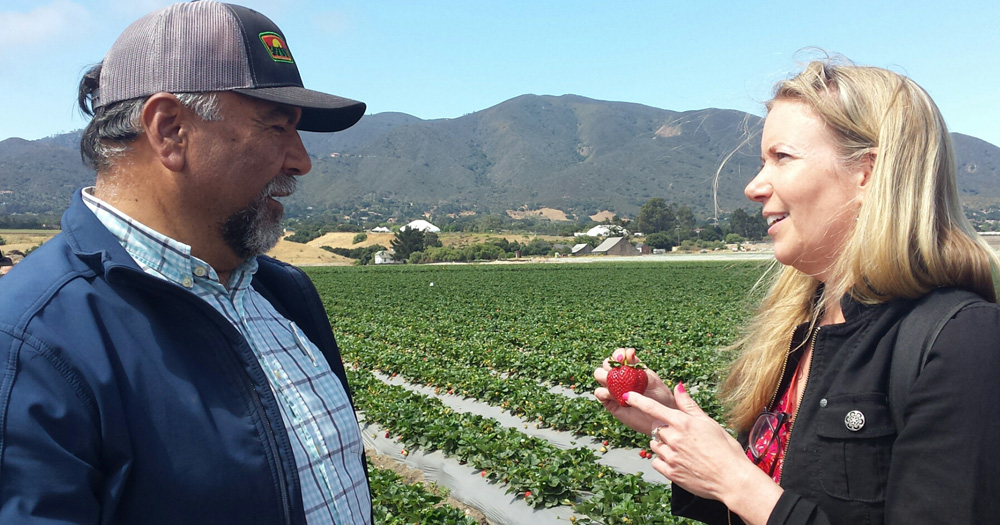
What the Heck is Regenerative Agriculture?
From food origin and transparency to customer experience and demands, the global food system is complex and interlinked. With the pandemic’s far-reaching implications in the food supply, more than ever, traceability and sustainability are top of mind for both businesses and consumers moving forward. This brings me to regenerative agriculture. What the heck is regenerative agriculture you ask – well let’s explore.
Regenerative Agriculture
While there is no agreed-upon international definition of regenerative agriculture, it is based on a global wellbeing approach and a set of practices that promotes a strong ecosystem. Therefore, it gives back to the land that we need now and in the future. Some of the key topics of regenerative agriculture include soil health, plant and animal biodiversity, water use, land management, animal & employee welfare, plus carbon inputs. For this short blog, let’s focus on soil health and plant & animal diversity.
 Soil Health
Soil Health
The goal is for soil to be rich in nutrients and not erode. Farmers want nutrients to stay in the field to be used by plants which can then be sold or be eaten by livestock. There are techniques to achieve healthy soils such as limiting the mechanical, physical, and chemical soil disturbances. Also protecting soil from wind and water erosion by keeping it covered with diverse plants, crops or by physical coverings. All this will lower the temperature of the soil and feed the microorganism within it. Integrating livestock helps break up the soil. As the animals move, their hooves break up the soil – a natural tilling process of sorts. Most importantly, it allows nutrients and sunlight to the plants and better equips the soil for germinating seeds.
 Plant and Animal Diversity
Plant and Animal Diversity
Diverse ecosystems including plant and animal means healthier and more resilient land. I was fortunate enough to visit Suzanna Crampton’s Zwartbles farm in County Kilkenny during my travels to Ireland in 2018. It’s a 12 acres farm with about 30 rare breed (Zwartbles) ewes at any given time. The sheep produce milk, meat, and fleece. For now, Suzanna focuses on the fleece and meat. The farm has mixed sward with 50 to 75 different plant species made up of herbs, legumes, grasses and forbs for the animals to graze on. Plus, the decades old orchard provides apples, pears, and other fruits for the sheep, and it encourages diverse wildlife including insects, bees and birds.
As a result, these practices produce healthy animals and high-quality plants while simultaneously encouraging the farmland biodiversity to thrive. Suzanna works to better understand how her approach benefits various aspects of farmland ecology including soil life and native bee species. It was a fun, yet educational visit with Suzanna which I enjoyed very much.
 Is Regenerative Agriculture Scalable?
Is Regenerative Agriculture Scalable?
Currently, regenerative agriculture is primarily with small to medium-scale farmers like Suzanna. Larger farmers are adopting some of the key holistic management regenerative agriculture principles to become part of the solution of restoring our current agricultural system. Similarly, we want thriving, healthy plants and animals now and in the future. Consumers like the idea of Shared Planet – what is better for me, must be better for the planet. To do this we need common ground among the different ways we farm globally. Along with measured outputs (by qualified metrics) to identify the impact these farming practices have on the entire complex system. In conclusion, this is not without its challenges; however, we only have one earth, and we need to focus on repair and regeneration now.
